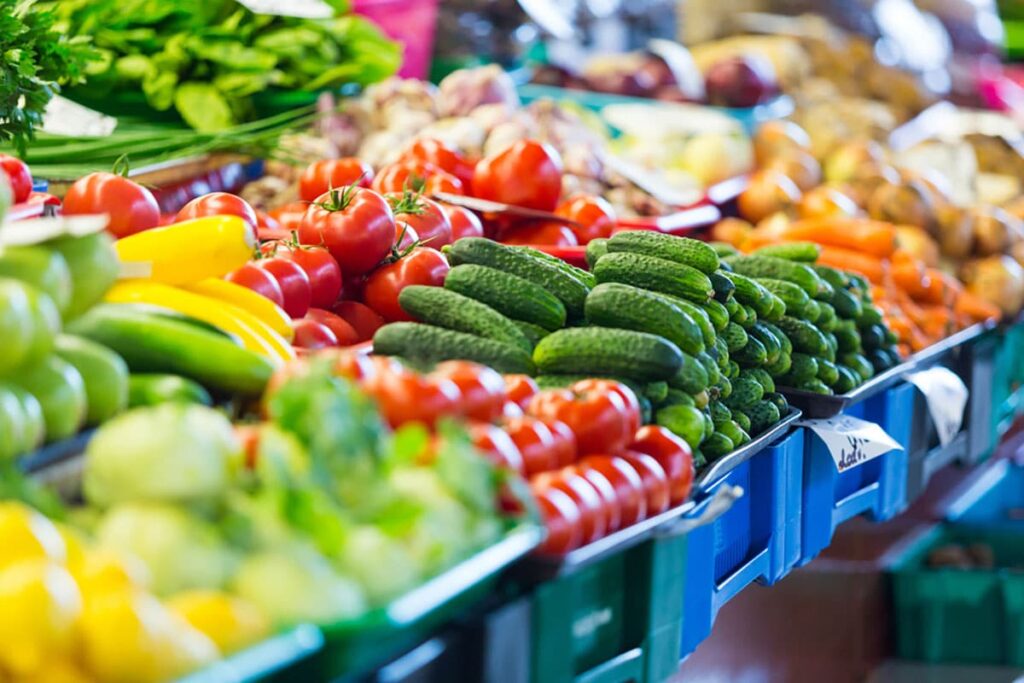

And while food can be frozen indefinitely without any safety risk, the quality of frozen food will deteriorate over time due to enzyme activity that’s slowed but not halted with freezing ( 9). That said, once the food is thawed, any bacteria present will start to grow again. When foods are frozen and kept at 0☏ (-17☌) and below, molecules are slowed down so much that bacteria can’t grow. Still, refrigerating these foods is a good idea because it can slow spoilage. The danger zone doesn’t apply to most raw, uncut fruits and vegetables, because they don’t grow bacteria as rapidly as other perishable foods. “Once established, they can divide in as short as 15 minutes.”Īs a general rule of thumb, perishable foods like meat, poultry, fish, eggs, dairy, cooked foods, and cut foods should never be left in the temperature danger zone for more than two hours ( 8). “If foods are kept in this temperature danger zone for any period of time, disease and spoilage organisms will begin to grow,” Powitz said. This temperature range is commonly referred to as the ‘temperature danger zone,'” Powitz told Healthline.īacteria grow rapidly in this temperature range. “Most bacteria that cause foodborne illness grow well at temperatures between 41° to 135☏ (5° to 57☌). Perishable foods should be stored in the refrigerator at 40☏ (4 ☌) or below, according to Robert Powitz, PhD, MPH, RS, a sanitarian and advisor to the Indoor Health Council. Food safety standards take the characteristics of many different bacteria and other microbes into account ( 7). Refrigeration slows the growth of spoilage bacteria, although they still grow in the refrigerator ( 6).ĭifferent bacteria grow at different rates and under different conditions. Spoilage bacteria are safe to eat and don’t make you sick, but their presence can degrade the taste, smell, and appearance of food, which can be unappetizing. These bacteria grow rapidly at room temperature, and chilling food dramatically slows their growth ( 6). Pathogenic bacteria are tasteless, odorless, and invisible, but can make people sick. There are two distinct types of bacteria that grow on perishable foods. Keeping perishable foods cold slows bacterial growth and keeps food safe to eat for longer ( 5).

You can keep these foods in a pantry or cupboard.

processed foods in uncontaminated, sealed packaging.Non-perishable or “shelf stable” foods can be stored safely for long periods of time at room temperature without spoiling or decaying ( 4).Įxamples of non-perishable foods include: Most produce will last anywhere from a few days to a few weeks and should be kept in the refrigerator ( 3). any fruit or vegetable that has been cut or choppedįresh fruits and vegetables are also considered perishable, as very few can be stored for long periods of time at room temperature.What is perishable food?Īccording to the United States Department of Agriculture (USDA), perishable foods spoil, decay, or become dangerous to eat unless you refrigerate them at 40☏ (4☌) or freeze them at 0☏ (-17☌) or below (1).Įxamples of perishable foods include ( 1, 2): In short, perishable foods are those that spoil or “go bad” quickly if they’re not stored at certain temperatures, whereas non-perishable foods have longer shelf lives and can be stored at room temperature.


 0 kommentar(er)
0 kommentar(er)
